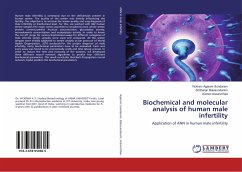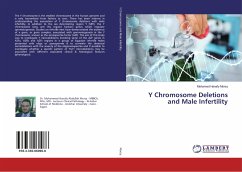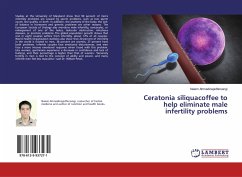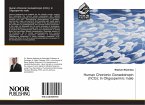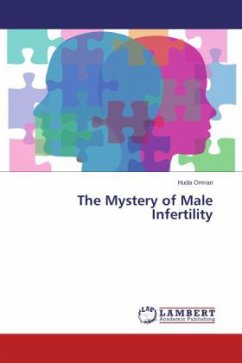Human male infertility is commonly due to the deficiencies present in human semen. The quality of the semen was directly influencing the fertility. Our objective is to increase the semen quality and easy diagnosis of male infertility at biochemical level. For this, we worked with 662 human semen samples.The major semen parameters considered were whole semen protein content,seminal fructose concentration, glucosidase activity, microelements concentration and antioxidants activity. In order to know the cut off range for various biochemical assays for different categories of male infertile semen samples were used and compared. All the semen samples were initially subjected to semen analysis as per protocol of World Health Organization, 2010 protocols.For the proper diagnosis of male infertility, many biochemical parameters have to be evaluated. Each and every assay was found to be economically costly and time taking process. In order to reduce the time and economy of the patients, we developed three different neural network algorithms to predict four different biochemical parameters. This result concludes that Back Propagation neural network model predicts the biochemical parameters

